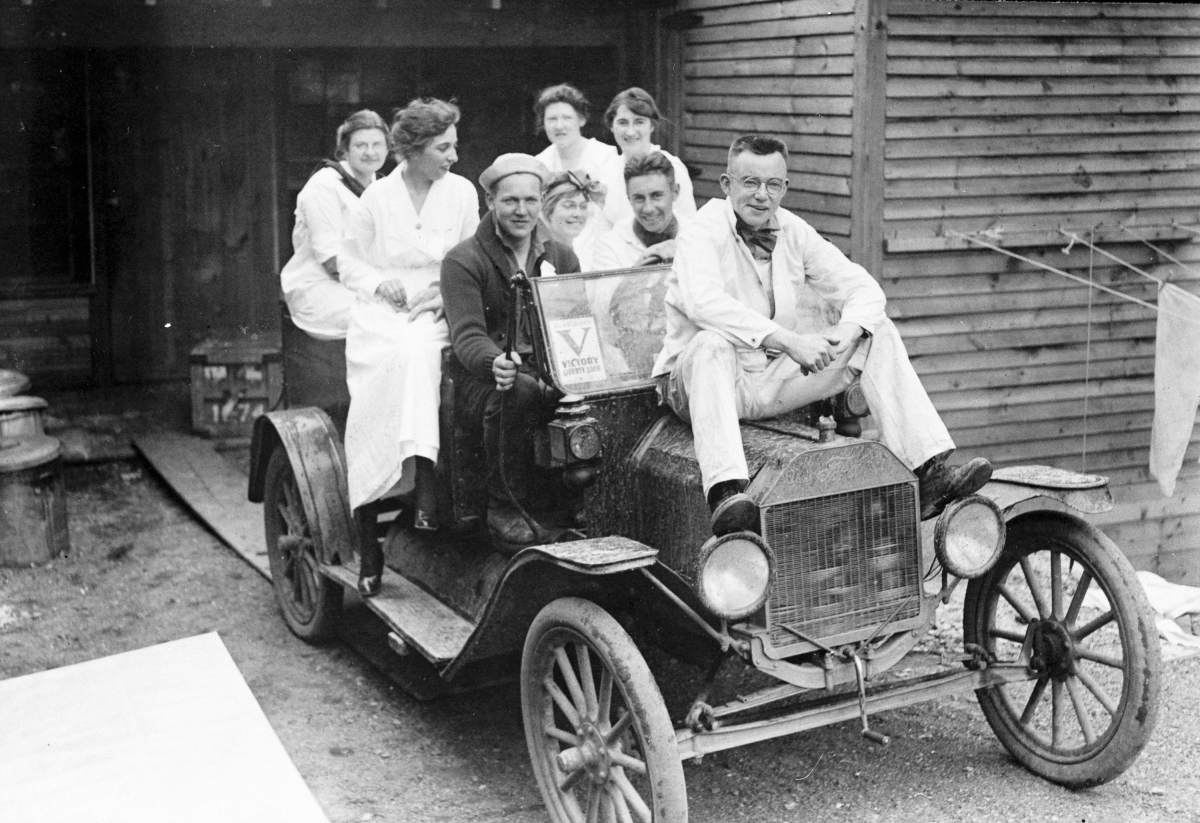Farhad Manjoo writes in the New York Times about the emerging UberPool service — car pooling.
Unlike a standard Uber ride, in which a single rider starts a one-time trip, UberPool works like a party line for cars. Travis Kalanick, Uber’s co-founder and chief executive, describes it as the future of his company — and thus the future of transportation in America.
Call up the app, specify your destination, and in exchange for a significant discount, UberPool matches you with other riders going the same way. The service might create a ride just for you, but just as often, it puts you in a ride that began long ago — one that has spanned several drop-offs and pickups, a kind of instant bus line created from collective urban demand.
UberPool looks at first glance like a substitute for transit, but people in that industry have a different opinion:
Critics of Uber’s rise have long feared that cheaper rides could undercut support for public transportation, but a new study by the American Public Transportation Association, a trade group of transit organizations, found the opposite.
“The more likely someone is to use Uber and Lyft, the more likely they are to take public transportation, and for our industry that is very heartening,” said Darnell Grisby, the group’s director of policy development and research. People who use these services tend to own fewer cars, Mr. Grisby said. As a result, they become more interested in all forms of transportation — trains, buses, taxis, bikes — and see Uber and Lyft as a complement to other transit, not a replacement for it.
While carpooling has been around for a while, our new app-centric technology enables it to play a bigger part in the emerging transportation mix. This option continues the trend towards sharing, transit, bikes and walking, and away from car ownership and the single occupancy vehicle.

Thanks to the University of New Hampshire













A very useful service that could be a very useful venture for TransLink to be in especially on thinly used routes where buses shuttle frequently with less than 3-4 people at great costs per person-km.
Of course unionized drivers will heavily oppose this very good idea.
Eventually, this will be driverless say in the late 2030s or 2040s.
Exciting times will be upon us.
It’s worth a shot, I guess. But I strongly suspect that the very same factors that make it challenging to provide transit service in those areas will work also against an Uber car pooling service for it.
“where buses shuttle frequently with less than 3-4 people at great costs per person-km.”
Please define the time/frame for ‘frequently’ and identify the specific routes you are referring to Thomas. Translink as far as I understand has already done work in this area to optimize routes (see link) but by their nature (areas rarely travelled) there’s going to be lots of challenges making them worthwhile to an Uber contractor and will result in no guaranteed service, which is the whole point of transit — it comes regularly and as scheduled.
http://vancouver.24hrs.ca/2015/10/22/ghost-routes-cost-translink-big-bucks